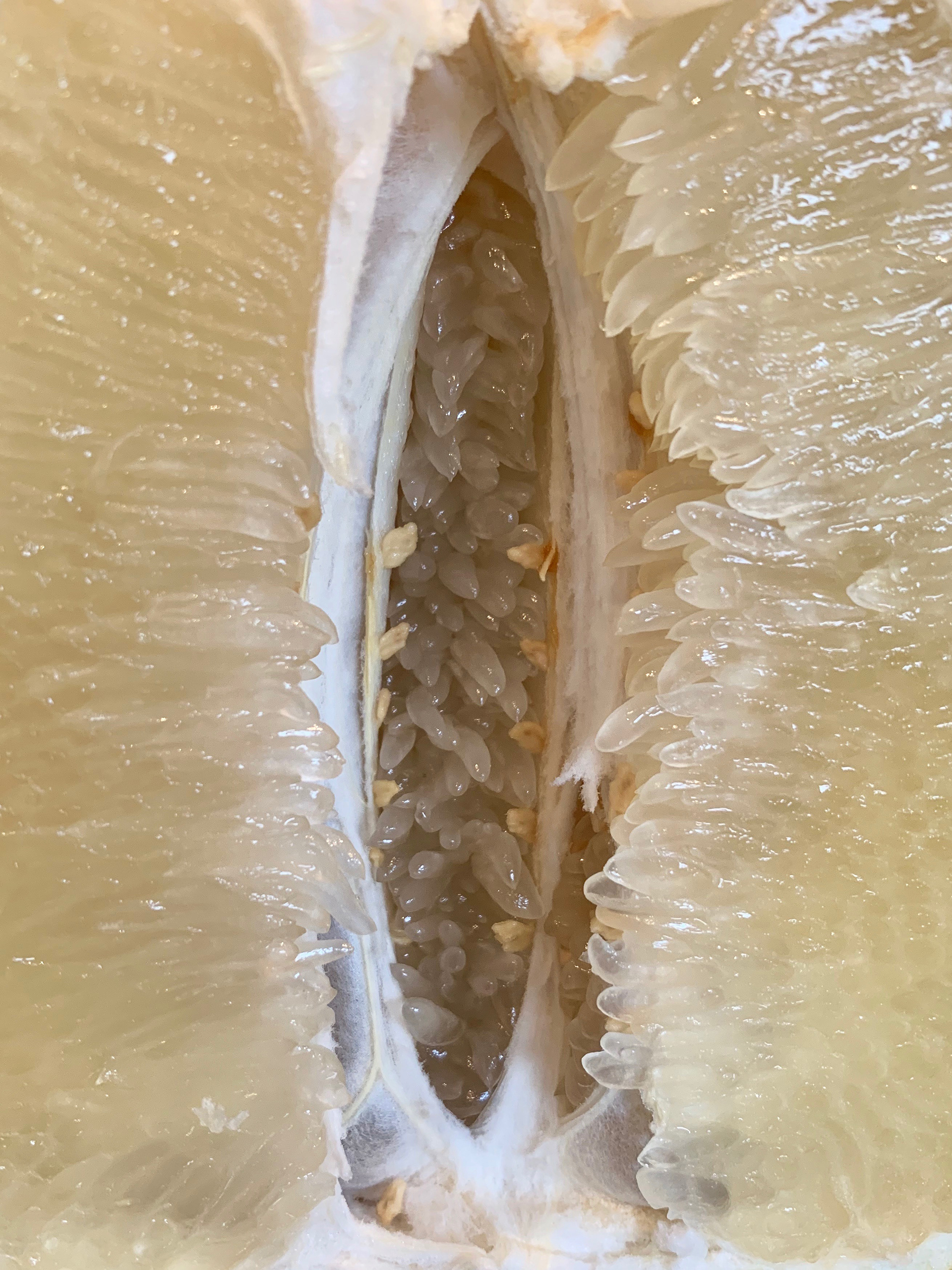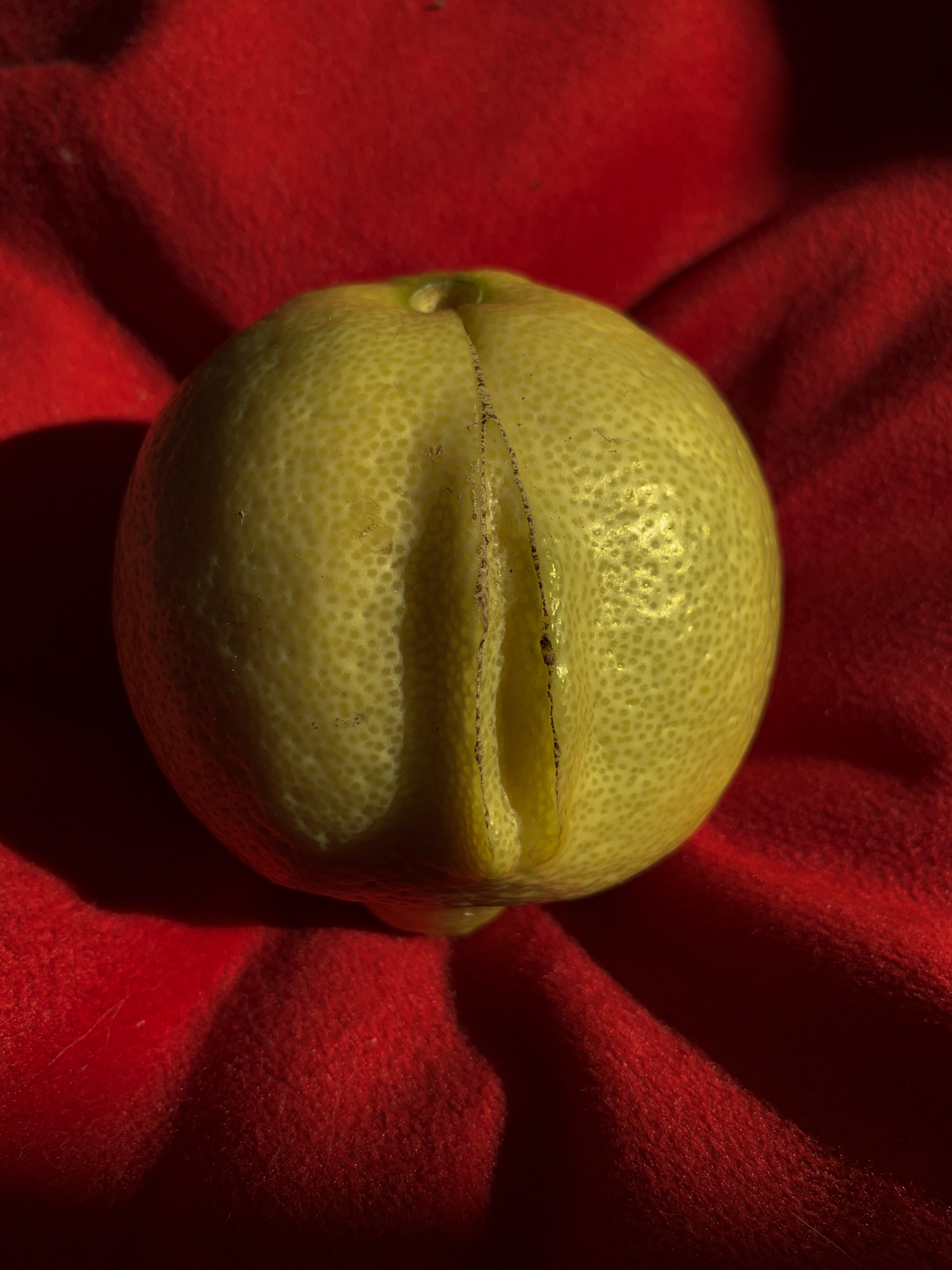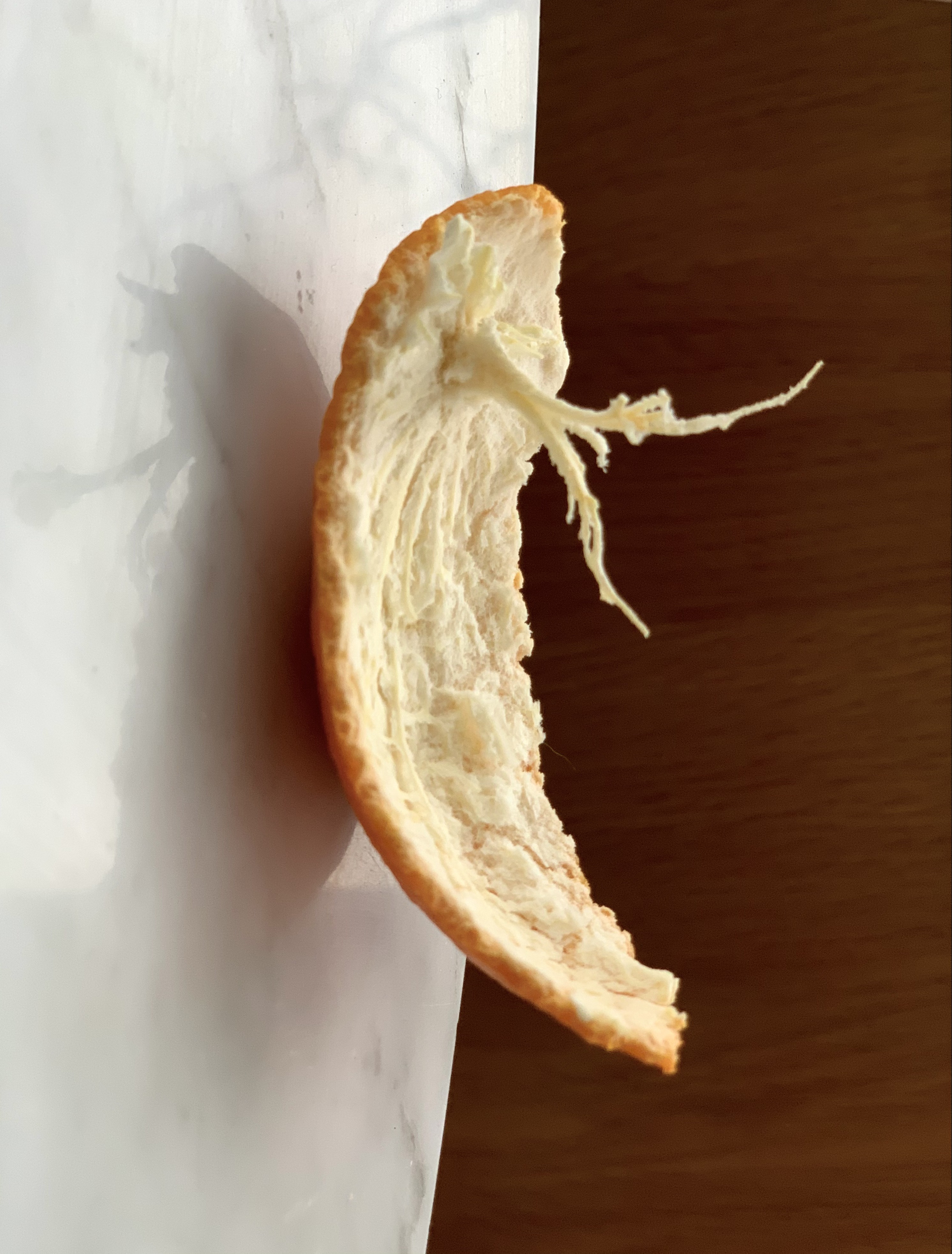
APOPHENIA
Ciriaca+erre 2012-2020, photographic series work in progress
Apophènia (from the Greek ποφαίνω, “to appear, to make become”) can be defined as the recognition of patterns or connections in random data or without any sense. The term was coined in 1958 by Klaus Conrad, who described it as an “unmotivated vision of connections” accompanied by an “abnormal significance”.
Originally, Conrad described the phenomenon concerning the distortion of reality present in some forms of psychosis, the term has become increasingly used to describe this tendency in healthy individuals, as our mind tends naturally and generally to “put together” what is separate, to attribute meanings to things that do not have them.
The concept of Apophenia is closely related to the artistic practice that predisposes us to see something that goes beyond what we are seeing.
According to the Swiss neurologist Peter Brugger, humans have a pervasive tendency to see the order in random configurations. Not only that but “the propensity to see connections between objects or ideas without any apparent relationship between them, this psychosis seems strongly connected with creativity process too.
Individuals with Asperger’s syndrome, however, may be aware of the existence of hidden patterns: rather than being aware of nonexistent patterns, autistic individuals may be mindful of defined structures in apparently senseless
situations for others.









 Home
Home Sito Italiano
Sito Italiano